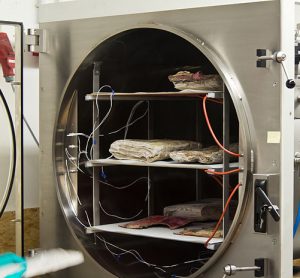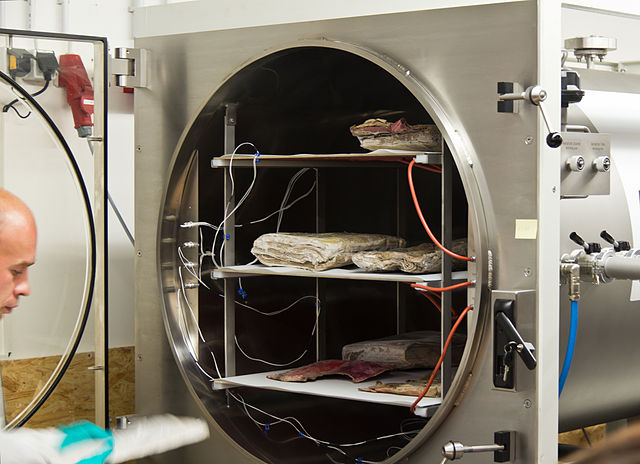PAT Initiative review 2008
10 January 2009 | By Martin Warman, Director, MWC Ltd
As the industry approaches the five year anniversary of the ground breaking regulator initiatives (the ‘PAT framework' and ‘cGMPs for the 21st Century'1,2), it is time to assess the impact they have had on the industry and to look forward to what the industry may look like in another five…








